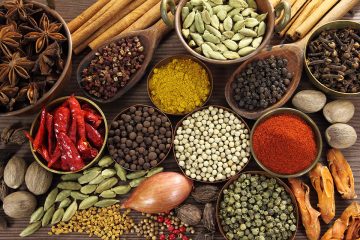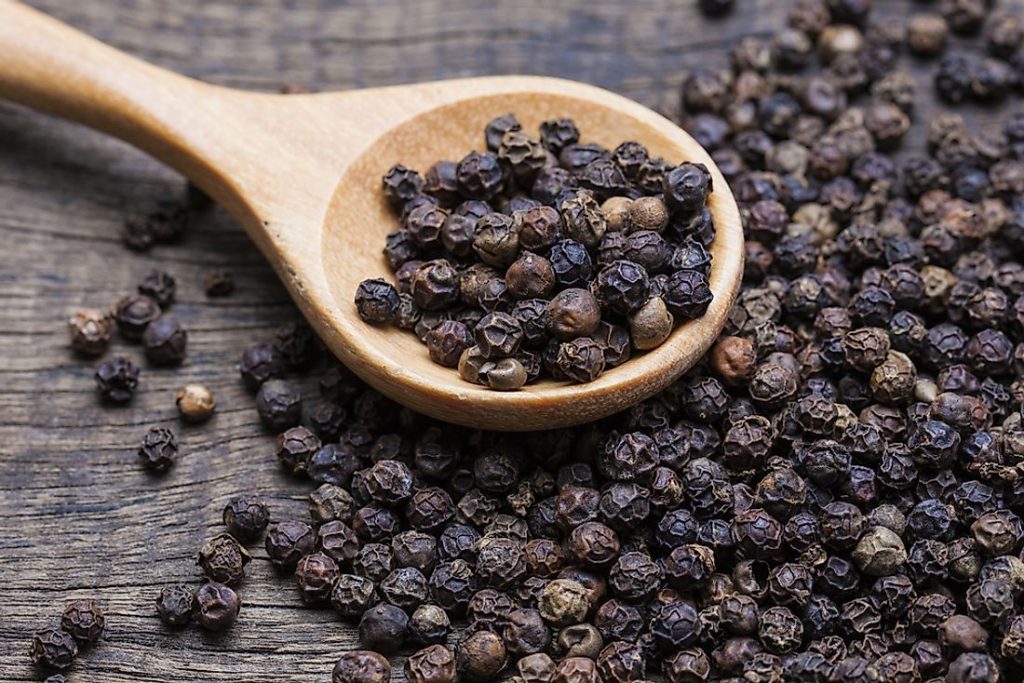
BLACK PEPPER IN VIETNAM
Due to a lack of supply in the market, the price of pepper has been stable in Vietnam recently, despite low demand.
From the 29th of January to the 6th of February, Vietnam will celebrate the Lunar New Year, after which farmers will begin harvesting pepper in full force, with the crop expected to finish in April/May.
Dong Nai, Ba Ria, Binh Phuoc, Dak Nong, Dak Lak, and Gia Lai are the six main pepper-producing areas in Vietnam. Due to the low price level in past years, the farmed area (ha) declined dramatically, resulting in the steep decrease in supply that we are seeing now. Pepper prices have risen since 2020, and farmers have resumed investing in pepper fields since 2021, but the weather has been unfavourable, so crop size in 2021/2022 is predicted to be the same as in 2020/2021. (about 180,000-190,000 tons).
Another issue that pepper growers in Vietnam face is the trend of using agricultural property as real estate. Agricultural land prices have doubled or tripled in provinces neighbouring Hochiminh City, including as Dong Nai, Ba Ria, and Binh Phuoc, since late 2020. Due to the Covid pandemic, interest rates are so low that individuals are withdrawing almost zero % interest money from banks to buy land to secure their property. As a result, it’s safe to assume that pepper production in the three provinces mentioned above will decline in the future. This wave of investment is also sweeping through Highland Center. We believe that local government action is required to ensure a long-term supply of pepper for the pepper industry.
The Madagascar pepper crop has finished; some stock is available on the market at a very low price, and freight from Madagascar port is also quite affordable.
According to the World Pepper Association (IPC), Brazil is currently the only country with increased supply due to the harvest in the north of the country, while other countries are in short supply. News about the new crop of Vietnam is not very positive, so customers may switch to buying more Brazilian pepper due to better prices and low sea freight.
Meanwhile, demand for pepper in India improved as the economy reopened after a long period of being impacted by the COVID-19 pandemic. The price of pepper has increased sharply in recent times, leading to farmers and agents in primary markets keeping their goods from selling in the hope that the price will increase further. As a result,
the supply in the market has been affected. According to Nguoi Lao Dong Newspaper, Mr. Do Ha Nam, former Chairman of Vietnam Pepper Association, said that pepper price in 2022 will reach 100,000 VND/kg from 80,000 VND this year(about 20% increase).
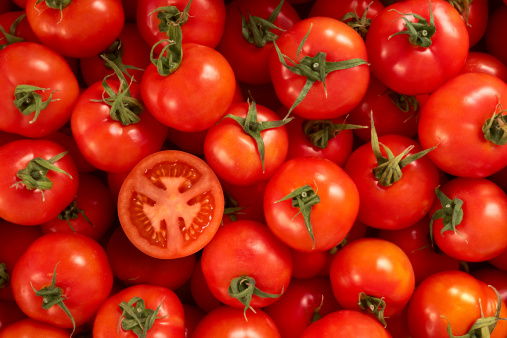
PRODUCTION OF TOMATOES IN RUSSIA CONTINUE TO FLOURISH
According to the Russian Federation’s Ministry of Agriculture, tomato production was at least 590 thousand tonnes in 2021. The volume of vegetable output in year-round greenhouses is predicted to reach 1.6 million tonnes by 2025.
In Russia, greenhouse-grown veggies are becoming more popular. The volume of collections is increasing, especially to the commissioning of new complexes and the modernisation of existing ones. Their overall area expanded by 6% in 2021, from 3,000 to 3.2 thousand hectares. Furthermore, the production of vegetable plants is increasing every year as a result of the employment of high-yielding cultivars and sophisticated farming techniques. In modern greenhouses, capacity for tomatoes can reach approximately 100 kilogramme per square metre. Government assistance, particularly favourable investment loans, aids the intense development of greenhouse vegetable crops. It should be emphasised that, in the beginning in 2022, a new method for reimbursing a portion of the costs of greenhouse development in the Far East regions of Russia will be operational.
Last year set new milestones in the business, according to Mikhail Guszkow, director of the National Union of Fruit and Vegetable Producers. Tomato output is increasing at a rapid rate, which is reflected in a 10-15 percent reduction in imports. The sheltered vegetable business is expected to rise again next year, according to the union. Exports will grow in the future as the domestic market becomes saturated.

CASSIA & STAR ANISE
Cassia prices have risen due to a lack of supply during the off-season. The new crop will be ready in March/April. Cassia prices have been on the rise in recent years as a result of good demand; producers benefit from the high price level and haven’t had any selling pressure in recent years.
Farmers growing cassia aren’t under any pressure to collect trees in a specific crop so they can harvest at a more convenient time. On the other hand, the fresh harvest in March is putting pressure on Star Anise stockholders, and with the end of cross-border trading with China due to the Omicron form of Covid, the price of Star Anise is falling.
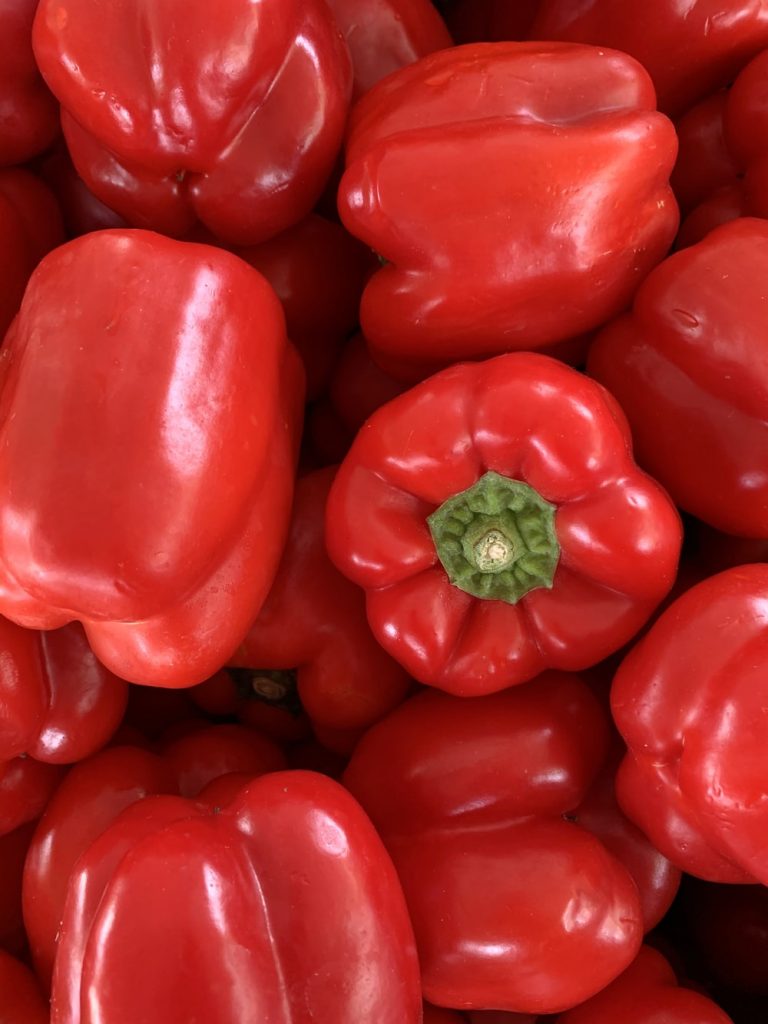
MOROCCAN BELL PEPPER EXPORTS HALTED
Moroccan bell pepper shipments are suspended due to the potential contamination. Multiple bell pepper shipments from Morocco are suspended in Europe due to customs clearance because of potential contamination of the newly introduced ToBRFV virus from Israel and Jordan.
BANGLADESH SPICES FORECAST 2022
Spice farming is growing extremely fast in Nilphamari, Bangladesh. Spice farming is more profitable than paddy, wheat, and jute for farmers in the Nilphamari district. Spices such as ginger, turmeric, onion, garlic, pepper, and coriander seed are popular among farmers and ideal for the northern district’s soil.
As per the Department of Agricultural Extension (DAE) statistics in Nilphamari, the goal for this year is to grow 12,200 MT of ginger, 5,500 MT of turmeric, 7,500 MT of onion 14,000 MT of garlic, 2,000 MT of pepper, and 5,000 MT of other spices.

CLOVES IN SRI LANKA, MADAGASGAR, AND INDONESIA
The market for cloves is stable in all origins. Madagascar’s crop is in full swing and will remain through March. Locally, there is fierce buying competition because everyone expects the price to rise this year due to shortage in Indonesia and Sri Lanka.
PRICES OF GOODS EXPORTED FROM THAILAND ARE EXPECTED TO CONTINUE TO RISE
Unexpected rainfalls in the last few months of 2021 resulted in flash flooding across different regions of Thailand. The floods affected over 5.2 million hectares of plantations and impacted the growth of vegetables. The volume of the harvest was negatively impacted which resulted in a shortage across the domestic markets pushing up vegetable prices. The prices were further exacerbated by increasing prices of oil and raw materials of agricultural inputs.
Furthermore, in December the prices went up even more due to the Christmas-New Year’s holiday with the price of shallots 58.42% more than the previous month, the price of garlic up by 28.42%, and the price of chilies 110.56% more than the previous year.
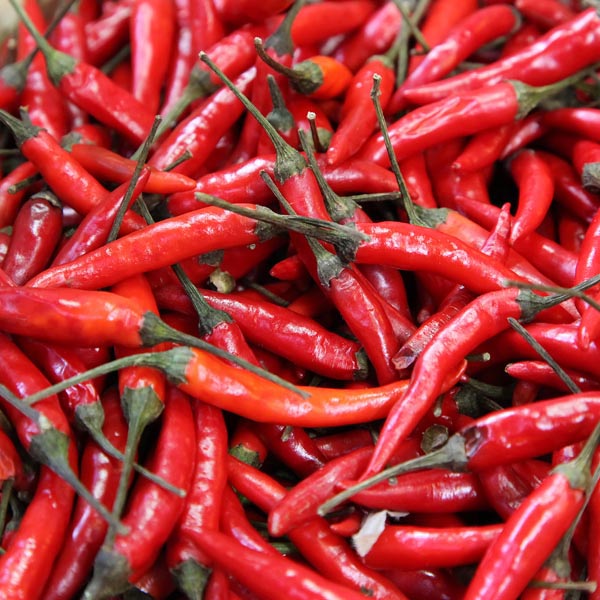
INCREASED PRICE OF RED CHILLI PEPPER FROM INDIA
Heavy rains in the producing regions have compounded the problems. Farmers are worried that the crop yield might plummet due to the pest caused by heavy rains.
Over the past 2-3 weeks, the price of chili has increased by over 10-12% in various markets in India, such as Telangana and Guntur.
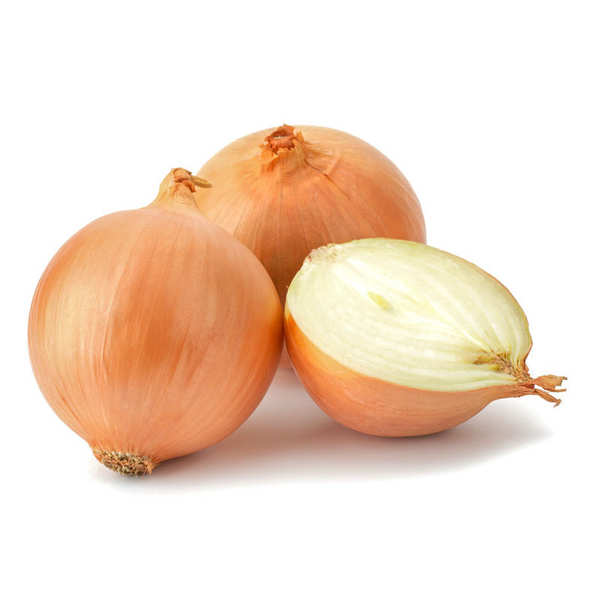
HIGH DEMAND FOR MEXICAN ONIONS
The wholesale price of Mexican onion escalated by +57.65% YoY. The price stood at USD 0.85 per kg in Q4 December 2021, which was USD 0.54 per kg in the same period year ago.
Reduced production of Mexican onion by -4.4% YoY in 2021 due to unfavourable weather led to less supply. On the other hand, US demand for onion increased due to re-opening restaurants in 2021. The price of Mexican onion eventually surges, and the US increased the import of Mexican onion by +11.1% in the first ten months of 2021.
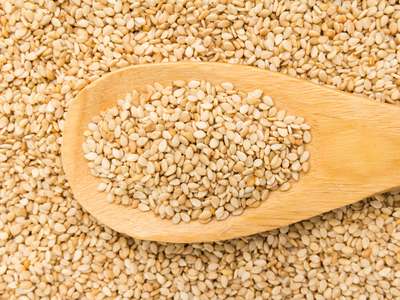
SESAME SEED PRICES IN NIGERIA FALL
The price of sesame seed has dropped in Nigeria. The current local market price of uncleaned sesame has dropped by USD 10-20 per MT due to the low demand, as most exporters and processors are closed for the year and have paused procurement activities.
Meanwhile, Nigerian exporters with sourcing and aggregation operations in neighbouring African countries recently have complained about less favourable conditions due to the government regulation on commodity prices.

